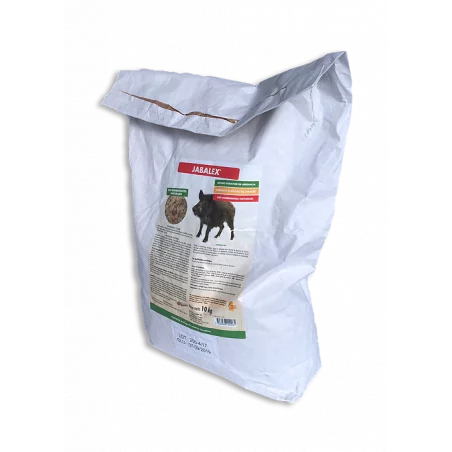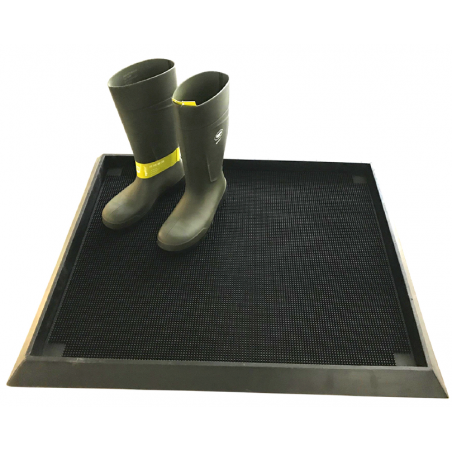The Federal Ministry is currently strengthening African swine fever (ASF) regulations to enable the relevant authorities in Länder to erect flexible fences or other wildlife barriers in the event of an outbreak. This would effectively restrict wildlife movement.
So far, the authorities can only erect such barriers in the so-called core area, a part of the at-risk zone. In the future, it will also be possible to close off the endangered area and the buffer zone. Both areas will be established around any carcass found positive for ASF, depending on the situation. A buffer zone is an area around the at risk area where no ASF has been detected but where protective measures are still in force or can be imposed.

During the International Green Week in Berlin the Federal Minister of Food and Agriculture, Julia Klöckner, met her Polish counterpart Jan Krzysztof Ardanowski for discussion. The meeting focused on how to deal with African swine fever. Since November 2019, cases of African swine fever have been reported in western Poland, near the German border.
The ministers have now agreed on four concrete points which should contribute to containing the disease on the Polish side and prevent it from spreading to Germany.
- Development of a joint list of measures to strengthen the efforts made so far - among other things, the establishment of a fenced corridor along the border is under discussion to prevent infected wild boars from migrating to Germany.
- The German Federal Agency for Technical Relief is examining how it can assist in the construction of protective fences on the Polish side.
- Intensification of cooperation in the field of science and research.
- Elaboration of a joint statement, which will drastically reduce the wild boar density overall.
January 21, 2020/ BMEL/ Germany.
https://www.bmel.de







